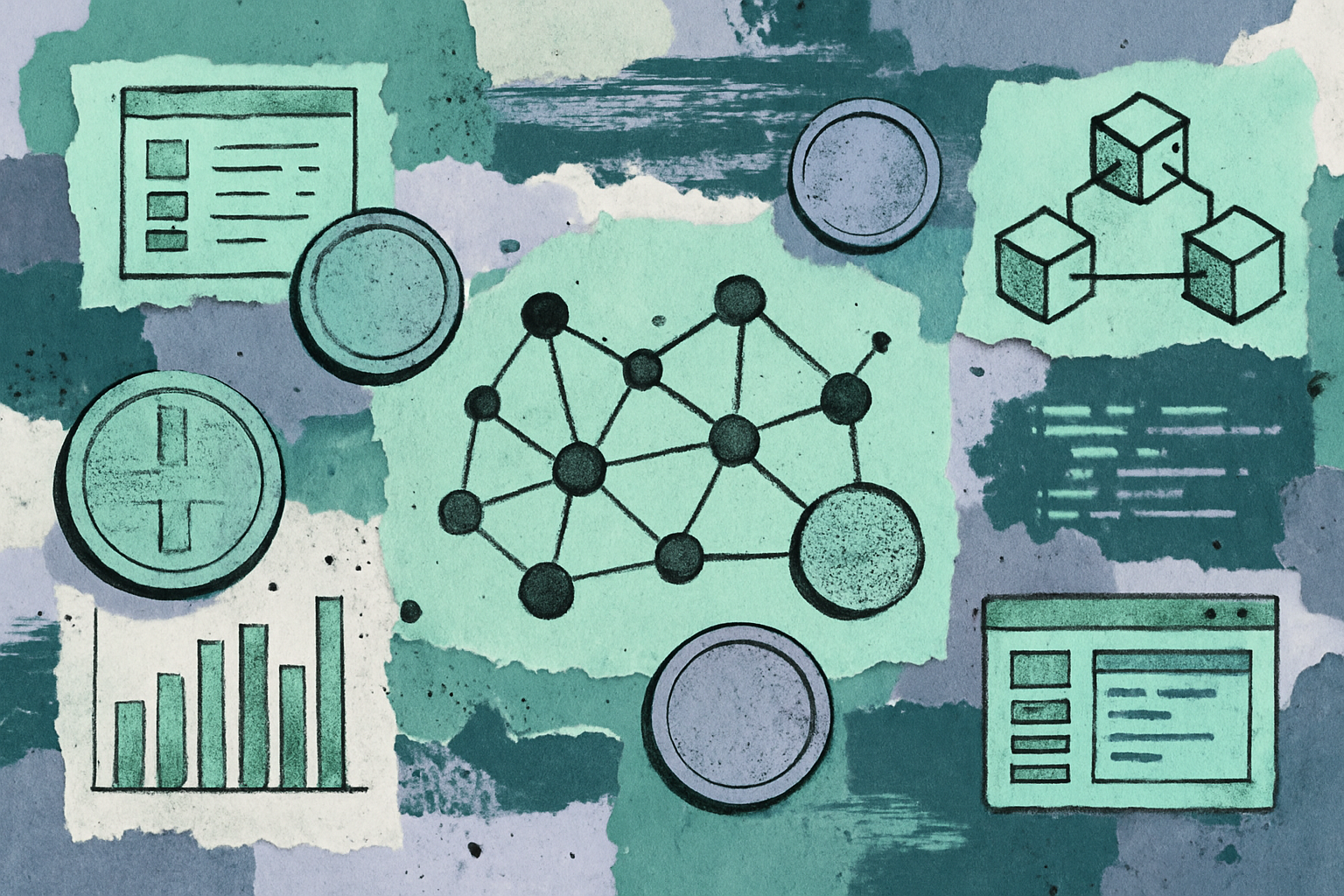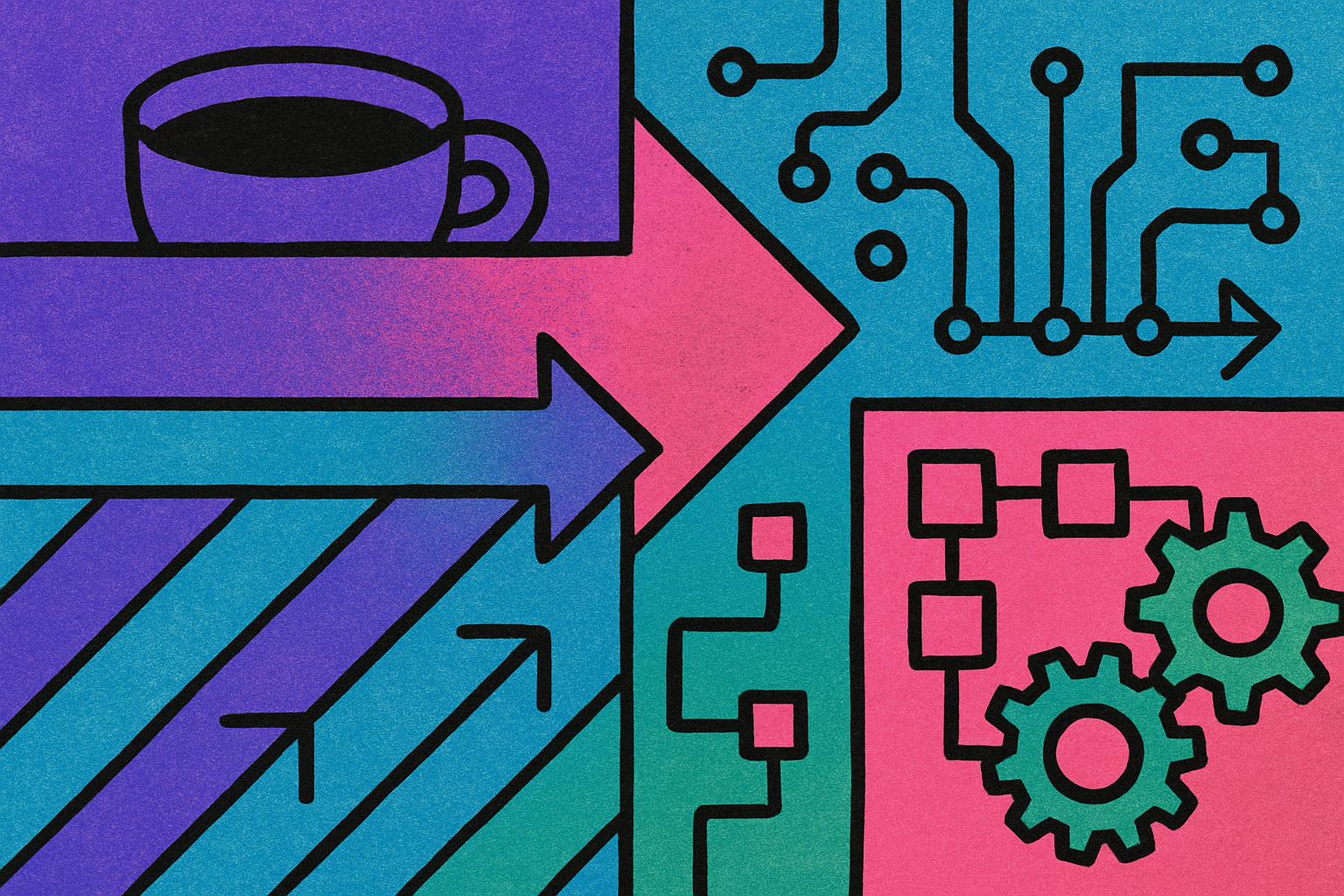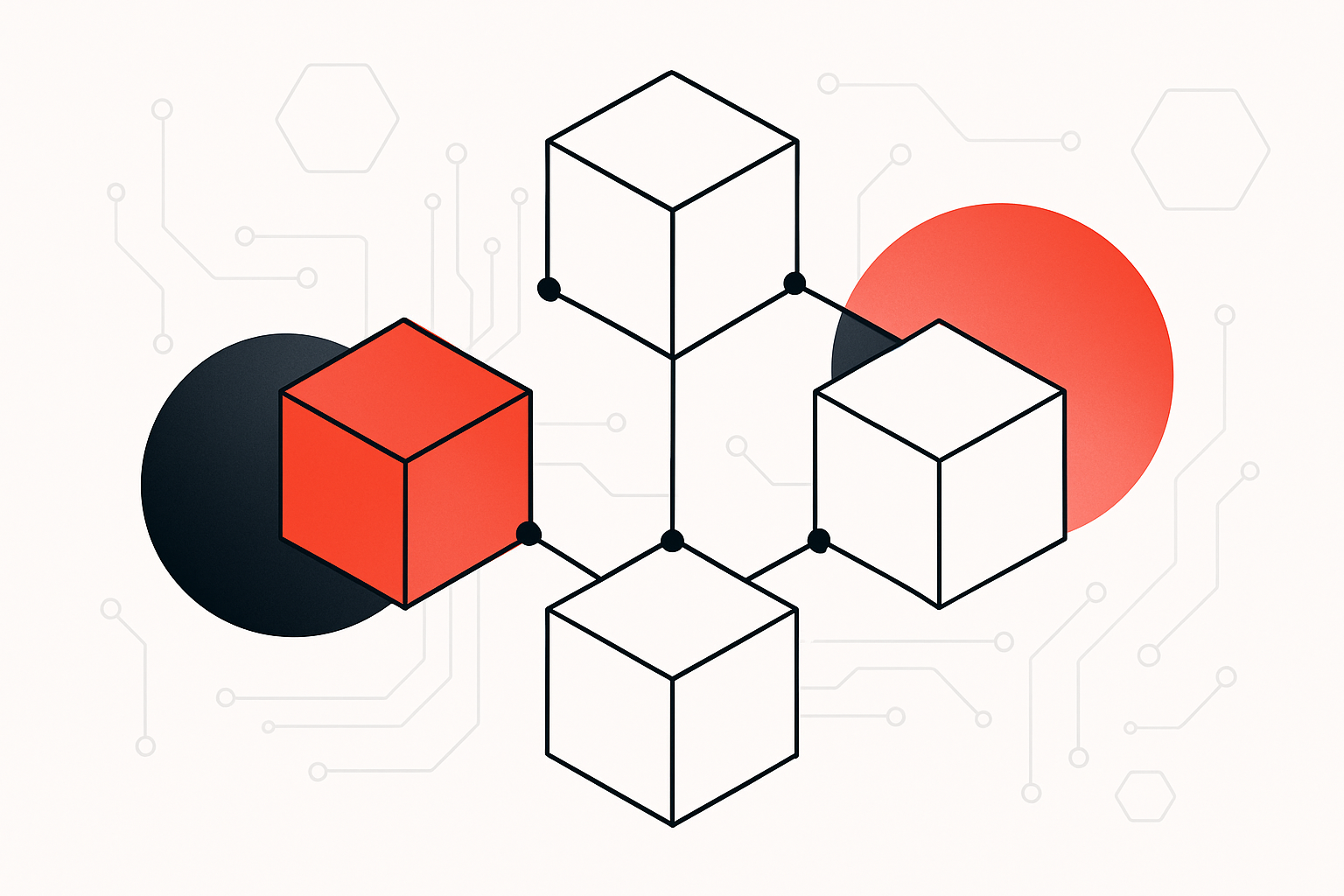
Rollup-as-a-Service (RaaS) platforms have rapidly emerged as a strategic catalyst for the OP Stack ecosystem, transforming the way developers and enterprises approach blockchain scalability. By abstracting the underlying complexity of rollup deployment, RaaS solutions are enabling a new era of multi-rollup architectures that would have been prohibitively resource-intensive just a year ago. This shift is not only accelerating innovation within the OP Stack community but also driving greater interoperability and capital efficiency across the broader superchain landscape.

Why RaaS Platforms Are Becoming Essential in the Multi-Rollup Era
The traditional path to launching an Optimistic or zkRollup on Ethereum has been riddled with technical hurdles: infrastructure provisioning, node management, security audits, and ongoing maintenance. For most teams, these barriers meant months of engineering effort and significant operational risk. RaaS platforms like Zeeve, QuickNode, AltLayer, and Ankr have upended this paradigm by offering ready-to-deploy OP Stack rollups through intuitive interfaces and robust APIs.
This “no-code blockchain deployer” model is reminiscent of how SaaS democratized access to enterprise software. Now, any developer can spin up a production-grade L2 or L3 solution with enterprise SLAs, integrated monitoring tools, and built-in security best practices. The result is a dramatic reduction in time-to-market for new rollups, fueling the proliferation of app-specific chains tailored to unique business logic or scaling requirements.
Key Advantages Driving Adoption: From Customization to Ecosystem Integration
RaaS providers are not merely simplifying deployment; they are fundamentally expanding what’s possible within OP Stack-based ecosystems. Here are five core advantages shaping adoption:
- Simplified Deployment Processes: Platforms such as QuickNode empower developers to launch their own L2 or L3 rollups on OP Stack with minimal friction, often in minutes rather than weeks.
- Customization and Flexibility: AltLayer’s suite enables fine-grained control over rollup parameters, state machines, data availability layers, sequencer logic, allowing projects to optimize for speed, cost, or compliance as needed.
- Managed Infrastructure: Ankr’s collaboration with Optimism offloads all node management responsibilities so teams can focus exclusively on application development and user experience.
- Ecosystem Interoperability: Modern RaaS offerings support standardized cross-chain messaging protocols (such as those outlined in this analysis): facilitating seamless asset transfers and composability between distinct rollups and even across Layer 1s.
- Scalability and Performance: By leveraging the modular design of OP Stack, these platforms deliver high-throughput environments capable of supporting complex DeFi protocols or large-scale gaming economies without compromising on security or decentralization principles.
The Expanding Competitive Landscape: Who’s Leading in OP Stack Rollup Deployment?
The surge in demand for scalable appchains has led to intense competition among RaaS providers. QuickNode stands out with its comprehensive support for multiple frameworks, including native OP Stack integration, coupled with real-time RPC endpoints and advanced monitoring dashboards. AltLayer differentiates itself through its no-code platform that abstracts away infrastructure headaches while offering deep customization options for enterprise clients. Meanwhile, Ankr’s partnership with Optimism underscores a commitment to rapid deployment cycles and robust scalability without sacrificing interoperability.
Zeeve remains a notable contender as well; its focus on enterprise-grade reliability and security has attracted both Web3 startups and Fortune 500 firms seeking compliant blockchain solutions. Collectively, these providers are laying the groundwork for an increasingly interconnected multi-rollup ecosystem where capital flows freely between chains, and where developers can iterate at unprecedented speed.
No-Code Deployers and The Democratization of Blockchain Infrastructure
The rise of no-code deployers within RaaS platforms is particularly significant from an accessibility standpoint. Teams no longer need deep protocol expertise or extensive DevOps resources to launch secure blockchains; instead they can leverage drag-and-drop interfaces that automate everything from validator setup to RPC endpoint provisioning. This democratization is already reshaping the competitive landscape by lowering entry barriers for smaller teams, and by enabling established enterprises to experiment with custom L2s without incurring prohibitive costs or delays.
As these platforms mature, the competitive dynamics are shifting from pure technical enablement to value-added services. Providers are now racing to offer richer analytics, integrated compliance modules, and seamless bridges to liquidity hubs. This evolution is not only fostering healthy competition but also ensuring that OP Stack rollup deployments remain agile and responsive to rapidly changing market needs.
Top RaaS Platforms Accelerating OP Stack Rollup Deployment
-
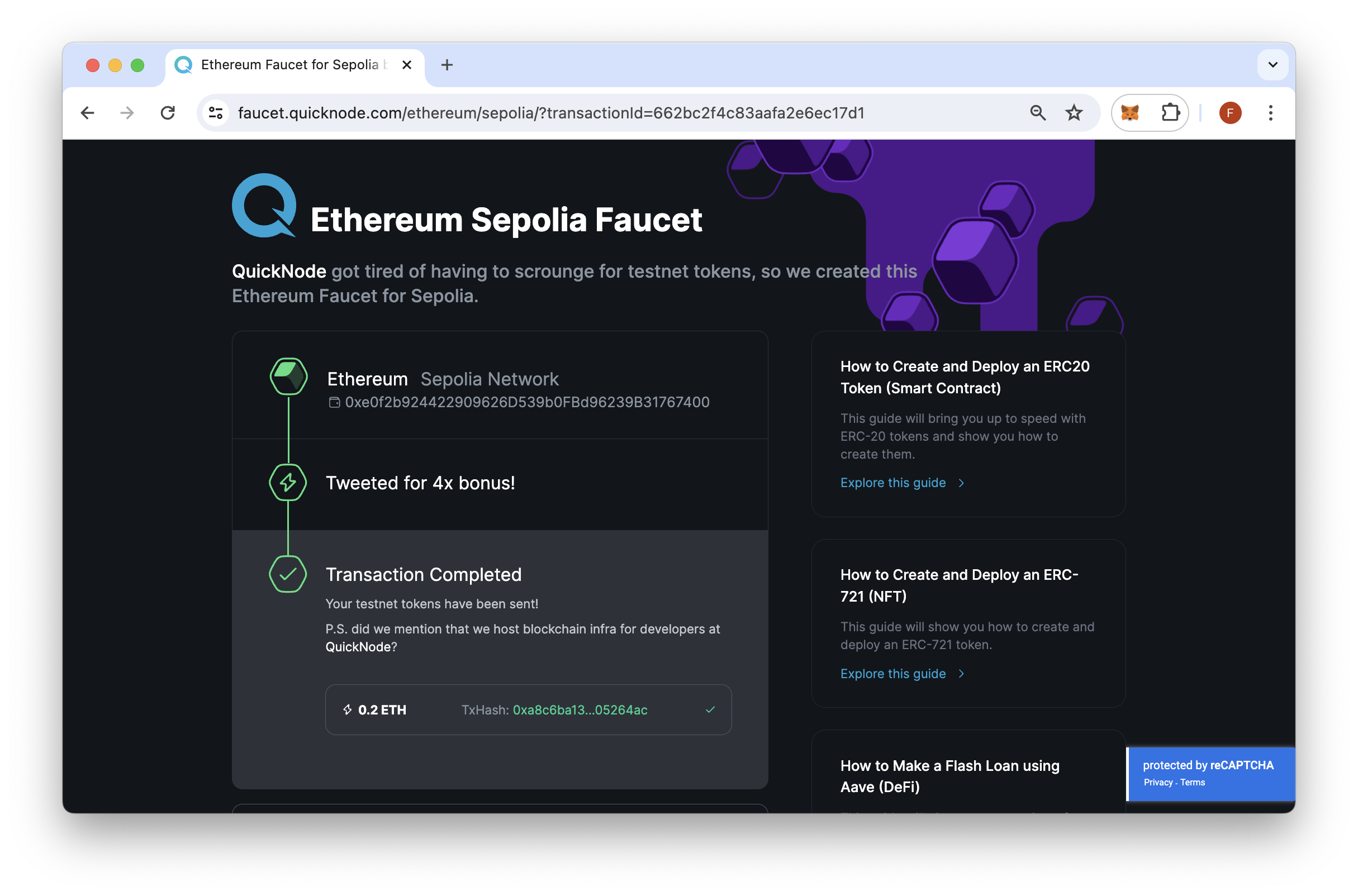
QuickNode: QuickNode offers a robust Rollup-as-a-Service platform supporting the OP Stack, featuring high-performance RPC endpoints, real-time monitoring tools, and a user-friendly interface for seamless rollup deployment. Their infrastructure ensures scalability and reliability for both L2 and L3 solutions.
-
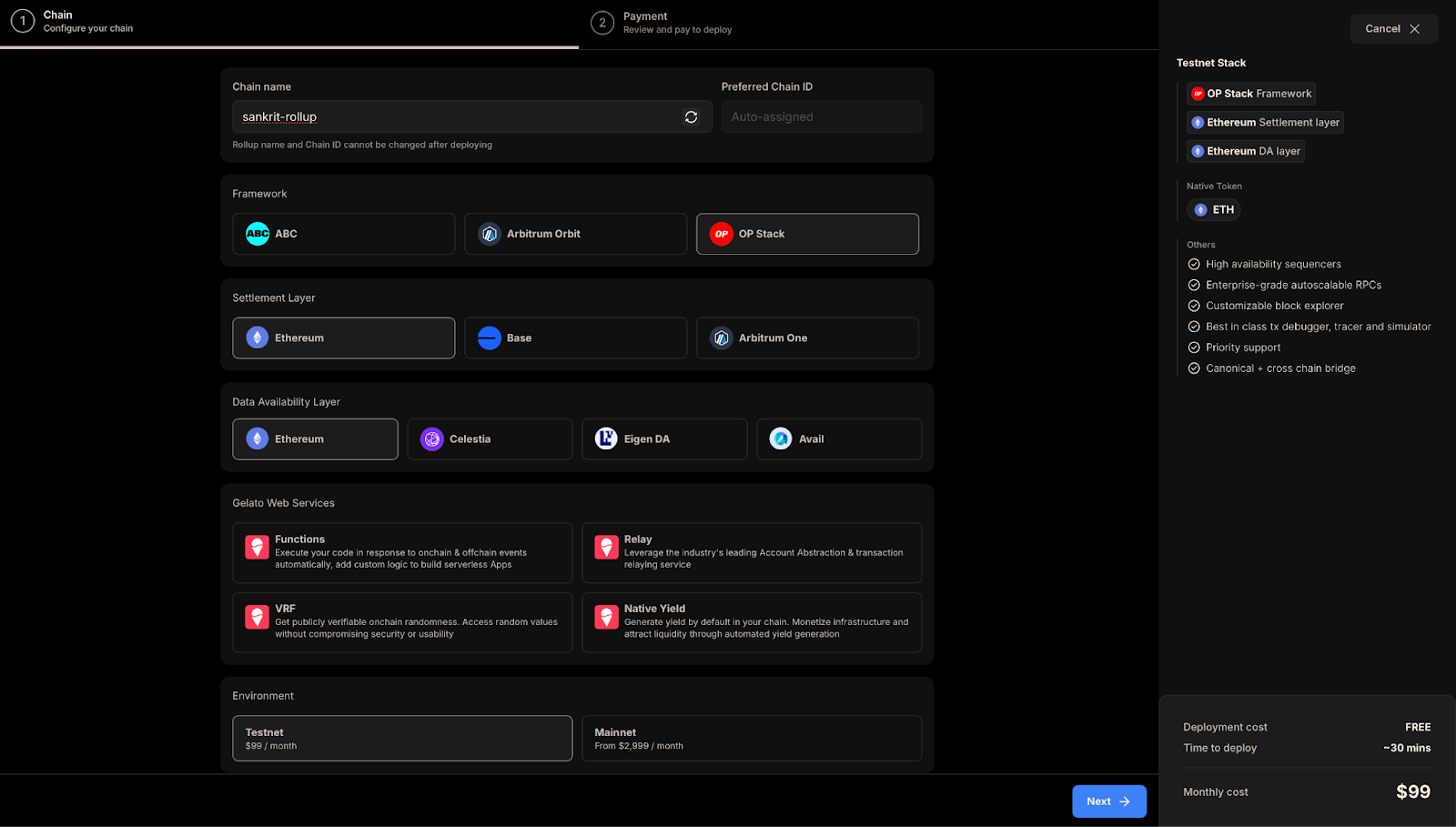
AltLayer: AltLayer provides a no-code RaaS platform with full support for OP Stack rollups. Developers can launch customized, application-specific rollups in minutes, leveraging automated node management and flexible configuration options tailored to diverse use cases.
-

Ankr: In partnership with Optimism, Ankr delivers a turnkey RaaS tool for the OP Stack, enabling rapid creation and deployment of independent L2 rollups. Ankr’s solution manages all node infrastructure, allowing teams to focus on application logic and scaling without operational overhead.
-
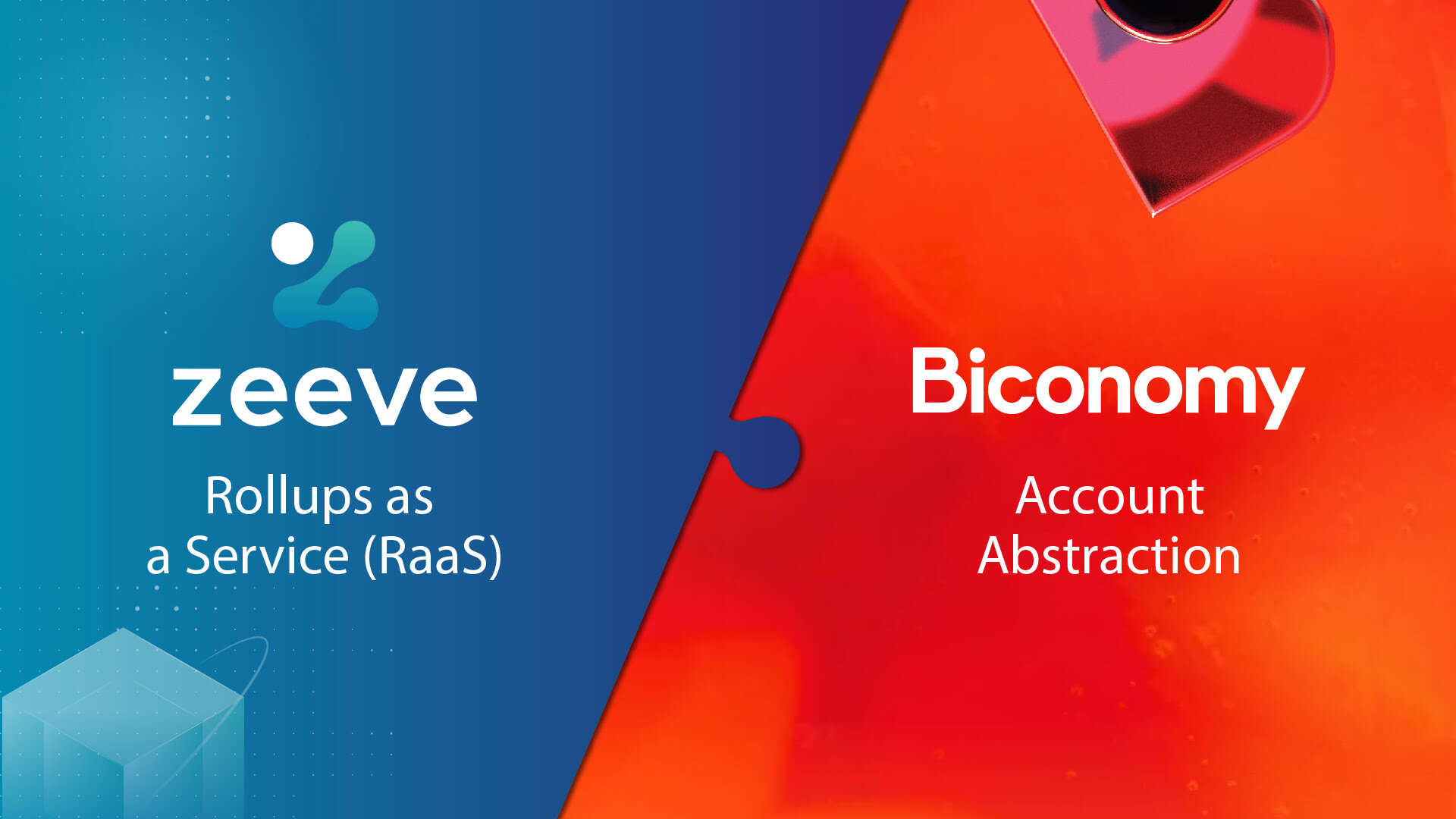
Zeeve: Zeeve’s enterprise-grade RaaS platform empowers users to launch Optimistic or zk Rollups on the OP Stack with no-code deployment, enterprise SLAs, and advanced security features. Zeeve also offers integrated monitoring and cross-chain interoperability tools for streamlined management.
For developers and enterprises evaluating RaaS solutions, the choice increasingly revolves around tradeoffs in customization depth, operational transparency, and ecosystem alignment. For example, QuickNode’s robust monitoring is a boon for teams prioritizing real-time network insights, while AltLayer’s modular approach appeals to those seeking granular control over chain logic or compliance configurations. Meanwhile, Zeeve’s enterprise focus provides peace of mind for organizations navigating regulatory complexity or mission-critical uptime requirements.
Superchain Interoperability: The Next Frontier
Perhaps the most transformative impact of RaaS platforms is their role in enabling superchain interoperability. By standardizing cross-rollup communication protocols and supporting seamless integration with Layer 1 chains, these services are breaking down silos that once fragmented the blockchain landscape. The result is a multi-rollup ecosystem where assets and data can move frictionlessly between OP Stack-based L2s and beyond, unlocking new composability primitives for DeFi protocols, NFT marketplaces, and on-chain identity solutions.
This trajectory aligns with the broader vision of a superchain: an environment where application-specific rollups interconnect securely yet retain autonomy over execution logic. As more projects leverage no-code deployers to launch interoperable rollups in minutes rather than months, the OP Stack ecosystem is rapidly evolving into a dynamic hub for experimentation and capital formation.
Strategic Considerations for Teams Entering the Multi-Rollup Ecosystem
While Rollup-as-a-Service has dramatically lowered technical barriers, strategic diligence remains essential. Teams should rigorously assess each platform’s security guarantees, such as audit history and incident response protocols, as well as their ability to support future upgrades (e. g. , migration paths from Optimistic to zkRollups). Moreover, integration with ecosystem standards like cross-chain messaging or shared sequencer networks will be critical as superchains mature.
Cost structures also warrant close scrutiny. While RaaS platforms promise operational efficiency out of the box, transaction fees and service-level agreements can vary widely depending on throughput requirements or compliance needs. Transparent pricing models and clear documentation are key differentiators among top providers.
Looking Ahead: The Path Toward Frictionless Blockchain Innovation
The rise of Rollup-as-a-Service marks a pivotal inflection point in blockchain infrastructure. By abstracting away complexity while promoting interoperability at scale, RaaS platforms are catalyzing a new wave of decentralized applications that can iterate faster, and connect deeper, than ever before. As competition intensifies among leading providers like QuickNode, AltLayer, Ankr, and Zeeve, expect further advances in user experience design and security automation.
The ultimate winners will be both developers, who gain unprecedented freedom to experiment, and end users who benefit from lower costs and richer cross-chain experiences within the OP Stack-powered superchain universe.


